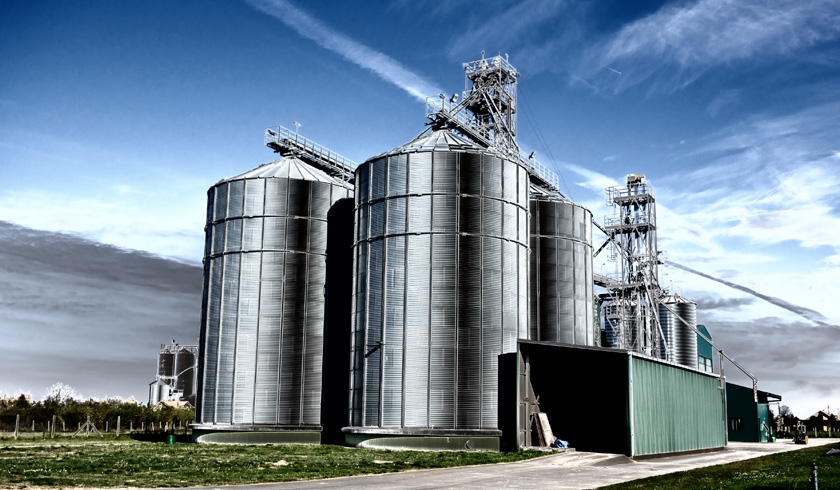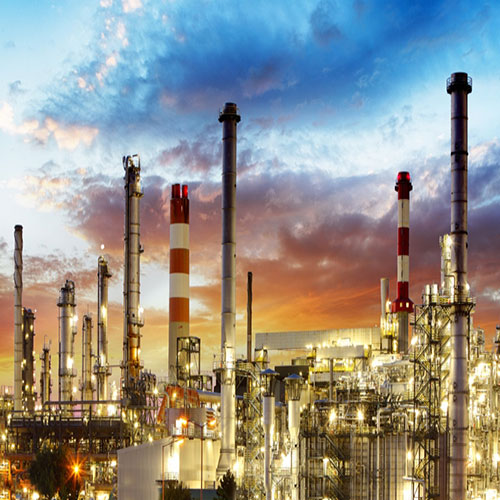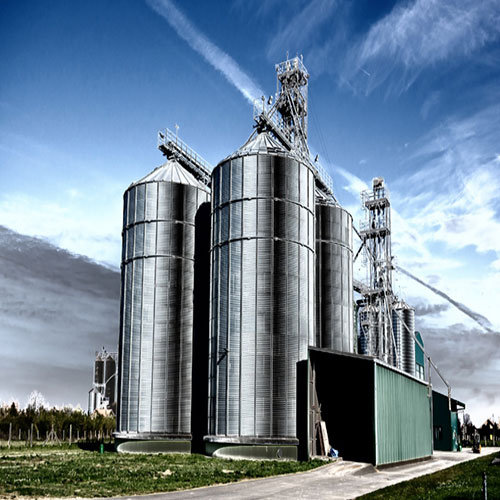Dry Bulk & Agribulk

Dry Bulk & Agribulk
Dry bulk shipping is the seaborne transport of commodities such as iron ore, coal, grain, bauxite and phosphate (the major bulks), and other metals, minerals, and agribulk such as fertilizer (minor bulks). The industry itself is extremely cyclical and volatile, characterized by large booms and busts.
The global dry bulk carrier fleet can be divided into four categories based on the vessel's carrying capacity: Capsize vessels, Panamax vessels, Handy max vessels, and Handy size vessels. With the trend of plants being built further away from the demand centres and often in areas where deep water access is unavailable, the concept of a transshipment hub is becoming increasingly valuable in the logistics industry.
A central and efficient deep water hub such as a maritime park is used by deep sea vessels to discharge its cargo for further distribution by road, rail or coastal vessel to its final destination. As such, the main attributes of an excellent hub are:
- Land availability for temporary storage
- Efficient and cost effective loading and discharging
- A Free Trade Zone (FTZ) so that import duties do not have to be paid if products are re-exported
- A popular location where vessels often wait for cargoes
- A location nearby to numerous countries with large increasing demand and shallow water ports
Ongoing Trend For The Energy Sector Of Malaysia
Malaysia's energy demand will almost double between today and 2040, with rising contributions from all energy sources.
Fossil fuels remain dominant in Malaysia's energy mix, with its share still projected to exceed 90% by 2040, although the hierarchy changes. Coal demand increases by more than a factor of three over the projection period, overtaking both oil and gas to become the primary fuel in the countrys energy mix. Oil demand is projected to rise to about 1 million barrels per day by 2040, while the growth in natural gas demand slows.
Demand for renewables more than doubles by 2040, with their share of electricity generation rising to 16%, underpinned by strong policy support.
Malaysias role in international markets shifts as the country becomes increasingly dependent on oil and coal imports, while natural gas exports fall back.
Source: Southeast Asia Energy Outlook 2015, by International Energy Agency (IEA)








